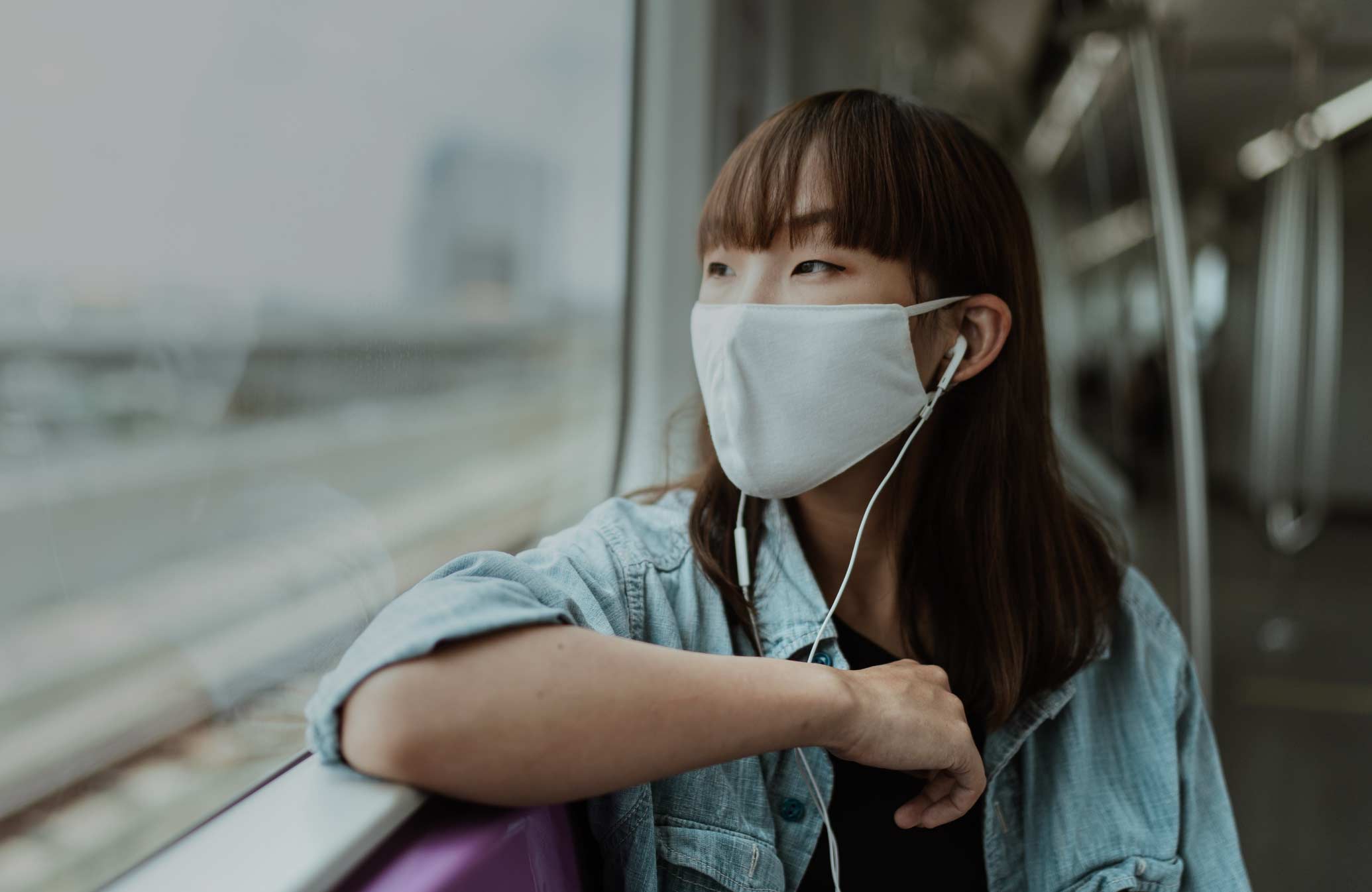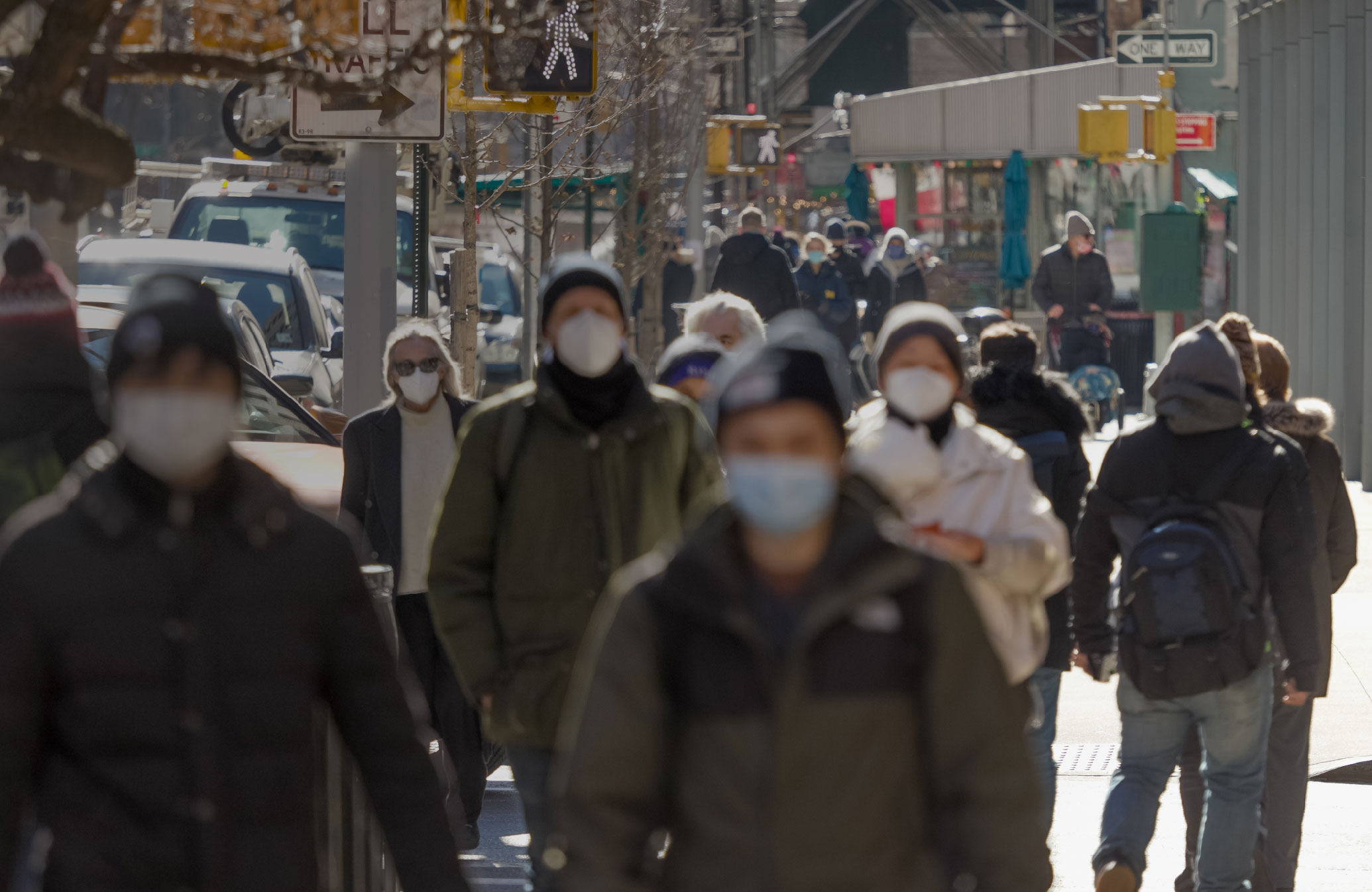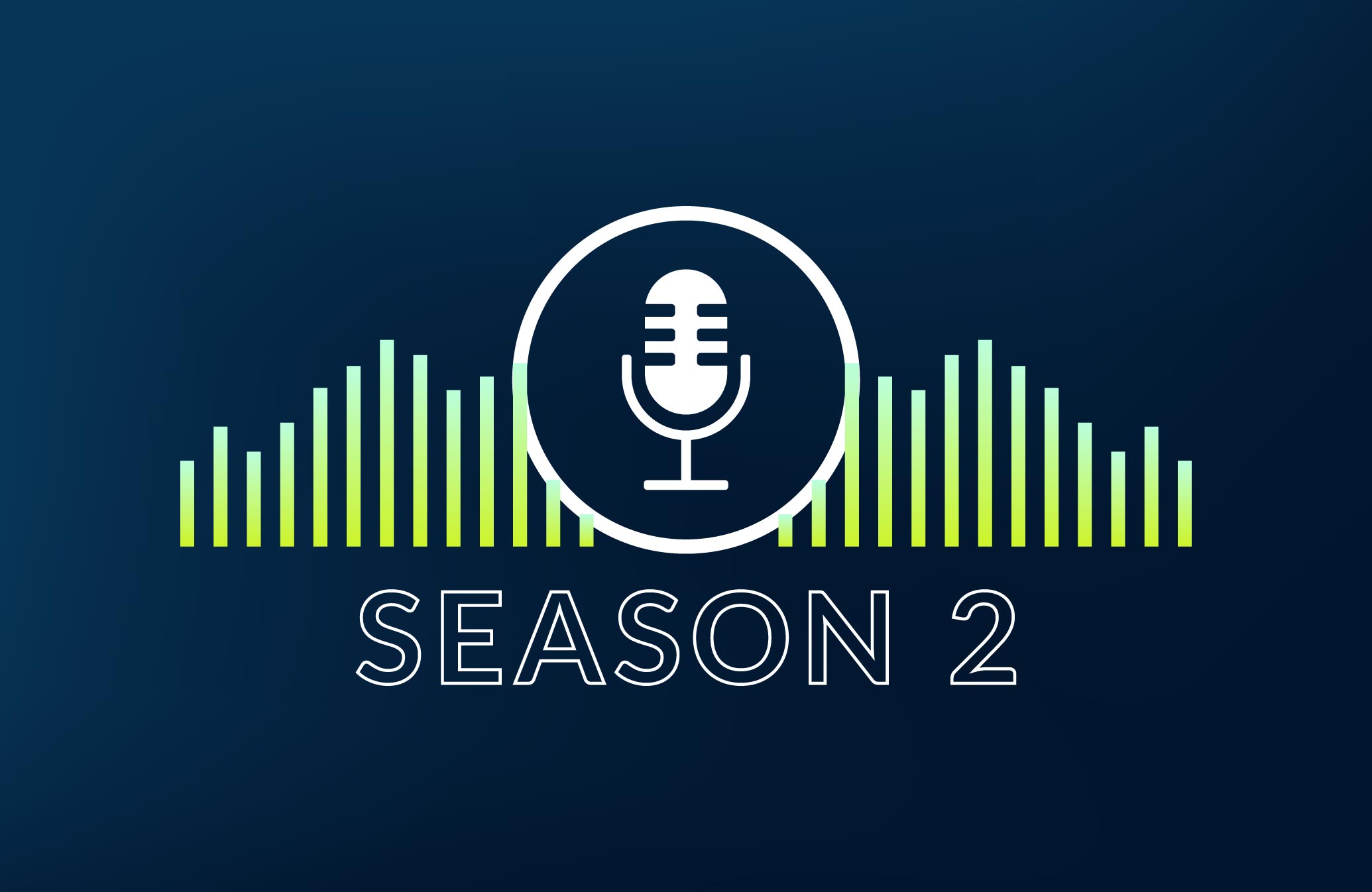March 2020 marked the dawn of an unprecedented time—worldwide lockdowns, social distancing measures, and a health crisis unlike most of us have ever experienced as COVID-19 spread around the world.
While we kept a watchful eye on the pandemic itself, Icario speculated we were on the brink of a new healthcare crisis—one that highlighted the mental health ramifications of the pandemic. We spoke to Sara Ratner, Icario Medicaid Advisory Council Member, last March about what this could mean, and what some of the social determinant side effects could be. Now, one year later we’re checking in to see where we’re at and where we’re going.
Last March when lockdowns and social distancing measures first began, you and I spoke and we talked about what we thought the effect of the pandemic was going to be. One year later, what is the reality?
It has far surpassed all of our expectations—it’s been harder, it’s been more painful and persistent than we originally thought. And, it’s been much costlier in terms of lives lost than we ever anticipated. It really has been unlike anything we’ve ever experienced in US history, except the loss of lives during the Civil War and World War II. The COVID-19 pandemic has been like a war we’ve been battling for all intents and purposes.
It’s been a tough year. The pandemic combined with the events in May with George Floyd around social justice have really opened the eyes of many people about the disparities and the discrimination that exists, especially in healthcare. It has unleashed a new awareness of and commitment to mental health issues that are persistent, but have not been historically treated with the same acuity, discipline, and resources as physical health and obviously we’re seeing this starting to change.
What new hurdles have emerged that we didn’t anticipate that we need to solve for?
The digital divide. It has become even greater, and this doesn’t only impact kids in homeschool situations, but also work-from-home and access to new digital healthcare solutions. The underserved communities are most impacted, and we are seeing this daily especially as the country rolls out the COVID-19 vaccines and information needs to be disseminated about access points. Without the ability to register, schedule, or find locations using the internet, the underserved will continue to be adversely affected and needs go unmet.
You and I can go online and register to be notified when we’re up for vaccination. It’s quick and easy. Somebody who doesn’t have digital access can’t quickly register. And hourly workers without digital access, for example, would need to call. While they could probably call on their 30 minute lunch break, phone lines have been flooded and systems crashing due to the volume of people needing information. With a very small window of opportunity it can be very difficult to access information. Things that you and I could do very quickly using a digital solution has been a painful process for those that don’t have access.
There’s also new modalities for accessing care, but the underserved can’t always use them as persistently—while lack of technology and broadband creates access barriers, digital literacy such as, being able to install the equipment and manage it, or even the skepticism and willingness to have people come into their homes and install equipment, can create a divide.
The exposure of essential workers is another hurdle we didn’t anticipate— how truly critical their role is and the potential risks they face by fighting the front line battle. That’s been very apparent and a stark contrast to those that can work from home.
At Icario, we’ve studied how people are accessing and putting off care through our work with The Harris Poll that demonstrated a decline in accessing routine preventive and elective services. That was pretty consistent with what we were seeing in the rest of the surveys and polls that were happening at the same time.
The last hurdle has been the mental health impact from social isolation, which we’ll talk about more next.
A major concern over the last year has been the rise of depression and loneliness as a result of quarantine measures and isolation. Who has stepped up with creative solutions?
First we need to take a step back and look at where we are today as a comparison. We’ve got 4 in 10 adults who reported symptoms of anxiety and depression, as opposed to 13% in June of 2020. And, for teens ages 18 to 24, 50% have reported symptoms of anxiety and depression, which is huge.
With that context, new solutions that i’m seeing fall into a couple of categories:
Category 1: Providers and Provider Extenders.
Similar to when primary care physicians were scarce and nurse practitioner careers exploded quickly to help augment primary care physicians, we’re seeing that again now with caregivers, such as health coaches, who are stepping up to help provide services where there may not be enough providers.
Category 2: Practice & Network Management to Support Mental Health
This category supports mental health providers with things like billing, payment, and scheduling, which has been a very large barrier for individual practitioners, especially. A newer company called Array Behavioral Care has stepped up and developed a platform for individual and group practitioners to be able to more seamlessly access billing and network services.
Category 3: Virtual Reality
Virtual reality has also been very interesting—it hasn’t been a historical source of accessing care, but now it’s becoming more readily accessible. For example, a company like EndeavorRx prescribes video games for kids with ADHD and the studies they’ve done show that it actually helps. We also know that chatbots are becoming just a common way to access different types of resources and then there’s new subscription resources like Brightside to help provide additional access.
The one thing I have noticed is that we need to continue to make these kinds of resources available and relevant to the Medicaid population. A lot of these spin up as employer resources and we’ve found that the Medicaid population responds particularly well to some of them.
How about social determinants, especially with Medicaid populations—what gaps have emerged and how are we solving them?
A huge one is kids at home. This is creating a larger gap in education, especially when parents can’t be at home to help their kids. Further, there’s been a gap in the national student lunch program that kids and adults rely on to feed their children one or sometimes two meals a day.
Health literacy is another that has become a large issue. There’s a real need for education to help with misperceptions and false assumptions, especially around vaccinations. Importantly, education has to be culturally relevant and come from someone credible to that particular community, so a level of personalization is necessary in order for the information to be heard.
There are some companies that are doing this well. In fact, pharmaceutical companies are doing a lot of individual outreach and are creating new access and education solutions because they have so much at stake around adherence. This is also a place where Icario can really shine because we have a multi-channel, highly personalized approach to bridge some of the major gaps that currently exist. New solutions are popping up every day so that’s been encouraging—there’s recognition around the problem and many are working hard to create viable solutions that yield high impact.
You briefly mentioned Icario’s solution. What are we doing to help?
There are several ways our programs can help. We have a platform to educate people in a highly personalized way about solutions that they can access to help reduce some of these new and emerging barriers. We can connect members to resources. We have programs in place to help with early identification of health and non-healthcare issues.
We also can help health plans focus on mental health. We can be the starting point for opening somebody’s eyes to different mental health solutions, and do it in a frictionless way where someone isn’t being pushed into a category and then given resources based on that category, but rather guided into the availability of different resources and services that they choose to go into.




